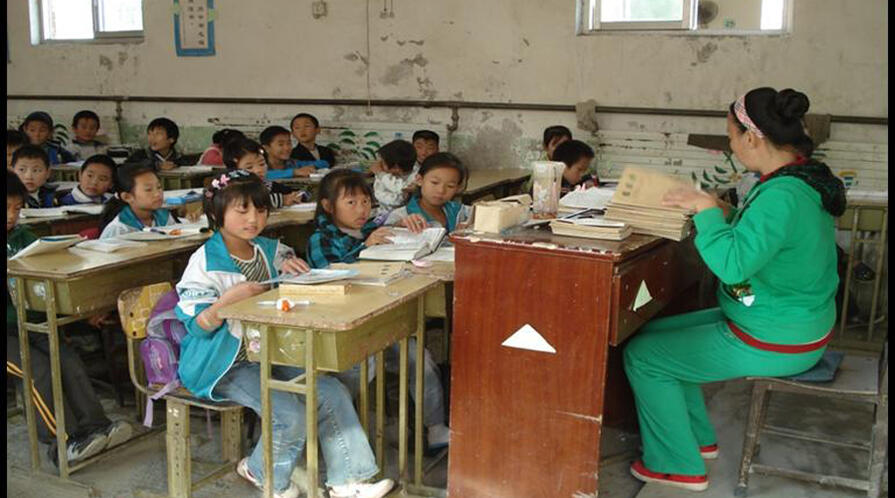Understanding China's Development Through the Lens of Education

China today is in the midst of sweeping changes. The economy is roaring ahead. Millions of rural families are uprooting themselves in search of better lives in the city. Traditional ways of living, working, and playing are transforming. This image of China often gives an impression of instability, confusion, extreme inequality, and despair, but in fact, every country that has developed—including the United States—has undergone a similar process.
China in Transition, SPICE’s latest curriculum-in-development, introduces high school students to modern China as a case study of economic development. What are the characteristics of the development process, and why does it occur? How is development experienced by the people who live through it, and how are their lives impacted? How do traditional cultural values—such as China’s emphasis on education—contribute to and/or evolve as a result of modernization? Students examine these questions and others as they investigate the roles that urbanization, migration, wealth, poverty, and education play in a country in transition.
This curriculum project represents a new and unique joint venture between SPICE and the Rural Education Action Project (REAP) to bring modern China alive in U.S. high school classrooms. It is the first project of its kind for SPICE and an exciting new intramural collaboration for FSI. “When I first heard about the work of REAP from Professor Scott Rozelle and his staff, I was immediately struck by the significance of REAP’s efforts to help students from poor rural households in China overcome obstacles and harvest their educational dreams,” says SPICE Director Gary Mukai. “This grew into a REAP-SPICE collaborative, which has the goal of making REAP’s efforts and its many important lessons accessible to U.S. high school students through interactive, interdisciplinary activities.”
The partnership capitalizes on the strengths of both organizations, pairing REAP’s rigorous scholarship and field research in China with SPICE’s expertise in curriculum development. The resulting synergies are helping to refine China in Transition into a rich and dynamic resource for high school classrooms.
Much of the research for China in Transition was gathered in Fall 2010 by an international team of students who participated in REAP’s “Across the Pacific” program (ATP). The “Across the Pacific” team—which comprised students from Stanford University and Chinese universities such as Peking University, Tsinghua University, and Renmin University—conducted academic and field research to investigate key topics in modern China (e.g., its shifting economy, urbanization, migration trends, education system) and produced a collection of original multimedia content that will be incorporated into the final publication. These teaching resources, created by U.S. and Chinese college students, will soon be used to build cross-cultural understanding among high school students.
REAP and SPICE have worked in close consultation with each other throughout the curriculum development process, and they continue to work together to produce the final curriculum unit, due to be published in Fall 2011.
